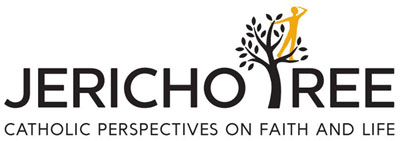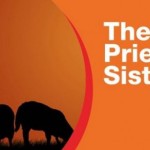What is the single most important predictor of a group’s effectiveness?

If a group is going to work well together – any group at all – what is the single most important factor that will influence its effectiveness? You might be surprised.
I was intrigued by a recent article I came across by Adam Grant from McKinsey, one of the world’s leading strategy consultancies, which sang the praises of giving:
By encouraging employees to both seek and provide help, rewarding givers, and screening out takers, companies can reap significant and lasting benefits.
Their research across a range of world leading companies led them to this striking conclusion:
The single strongest predictor of group effectiveness was the amount of help that analysts gave to each other.
After the tragic events of 9/11, a team of Harvard psychologists quietly “invaded” the US intelligence system. The team, led by Richard Hackman, wanted to determine what makes intelligence units effective. By surveying, interviewing, and observing hundreds of analysts across 64 different intelligence groups, the researchers ranked those units from best to worst.
Then they identified what they thought was a comprehensive list of factors that drive a unit’s effectiveness—only to discover, after parsing the data, that the most important factor wasn’t on their list. The critical factor wasn’t having stable team membership and the right number of people. It wasn’t having a vision that is clear, challenging, and meaningful. Nor was it well-defined roles and responsibilities; appropriate rewards, recognition, and resources; or strong leadership.
Rather, the single strongest predictor of group effectiveness was the amount of help that analysts gave to each other. In the highest-performing teams, analysts invested extensive time and energy in coaching, teaching, and consulting with their colleagues. These contributions helped analysts question their own assumptions, fill gaps in their knowledge, gain access to novel perspectives, and recognize patterns in seemingly disconnected threads of information. In the lowest-rated units, analysts exchanged little help and struggled to make sense of tangled webs of data. Just knowing the amount of help-giving that occurred allowed the Harvard researchers to predict the effectiveness rank of nearly every unit accurately.
The importance of helping-behavior for organizational effectiveness stretches far beyond intelligence work. Evidence from studies led by Indiana University’s Philip Podsakoff demonstrates that the frequency with which employees help one another predicts sales revenues in pharmaceutical units and retail stores; profits, costs, and customer service in banks; creativity in consulting and engineering firms; productivity in paper mills; and revenues, operating efficiency, customer satisfaction, and performance quality in restaurants.
Why did this strike me so forcefully? As a practicing Catholic who spends her days in the workplace, I often come across people who are uncertain, even suspicious, of what Christianity has to offer. With Pope Francis’ challenge to “take our faith to the margins” ringing in my ears (even if this particular part of the margin happens to be located smack bang in the heart of a FTSE 500 company) I have been wrestling with where to find a place from which dialogue can begin.
Grant’s hard evidence that “it can be better to give than to receive” (my paraphrase) provides one such starting place for dialogue. We live in a world that recognizes results, and starting from the results, we can explain how those results came about (why in this case giving turns out to be good). We can also go a step further and share how our faith invites us to choose to give while simultaneously giving us the courage to do so and the strength to persevere even when it gets tough.
Have you come across other such starting places for dialogue – where the reality on the ground offers surprising confirmation of the truth and wisdom found in the Christian faith?
Tags: giving, group effectiveness, sharing, work
















